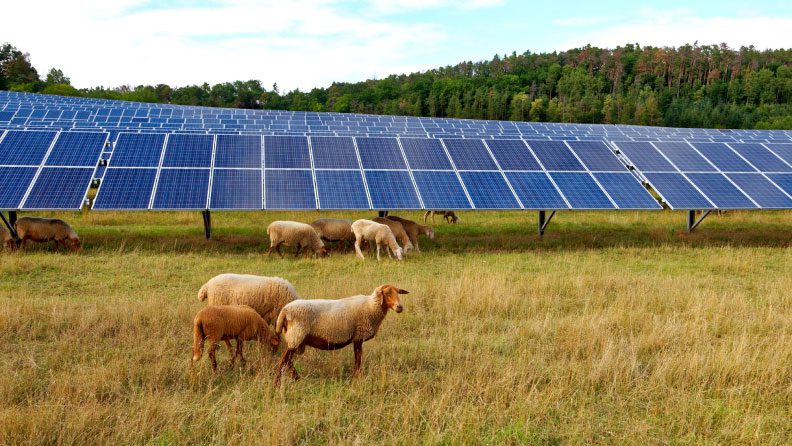NIMBYism
Clean energy is having its moment. From solar and wind generation to battery energy storage, EV’s and e-bikes, clean energy tech is getting interest from consumers and investors at unprecedented levels. Supply chains are recovering from the pandemic, technology and manufacturing capacity are accelerating, and costs are dropping as governments and consumers of all sizes expand investments in affordable, reliable, clean energy resources. As these tailwinds accelerate development of renewable energy, NIMBYism is emerging as clean energy’s most formidable obstacle in the near term.
Standing for “Not In My Backyard,” NIMBYism is the resistance or opposition of local residents to the development of infrastructure projects, particularly those related to renewable energy sources such as solar, wind, and energy storage. For every new development announcement, you can find several stories of solar arrays and battery storage systems rejected by city or county officials, proposed legislation to limit traditional tools like eminent domain for new interconnection lines, and preemption laws banning offshore wind in locations where, due to poor conditions, development is not even under consideration. These are just a few examples of opposition movements that are manifesting everywhere from tribal land advocates opposed to minerals extraction for technology components, to HOA’s who don’t want their neighbors to have rooftop solar or EV chargers in driveways.

Accelerate Clean Energy Progress
The roots of NIMBYism stem from various factors including perceived environmental impacts, property devaluation fears, and aesthetic considerations. It’s important to remember that NIMBY motivations vary widely from place to place and among diverse stakeholder groups. Issues and perspectives can be deeply rooted in place based and cultural antecedents that need to be understood. Equally we need to recognize that there are organized, well-funded, and intentional efforts to foment NIMBY sentiment through disinformation and misinformation.
As we seek to accelerate progress towards greener energy alternatives to combat climate change, understanding and effectively addressing NIMBY concerns is paramount. Addressing the challenges posed by NIMBY movements requires a thoughtful and multifaceted approach that prioritizes proactive communication, community engagement, and strategic marketing initiatives.
Essense has worked with state agencies, infrastructure companies, and utilities to develop tailored public engagement strategies that fostered community trust and support, leading to increased adoption of clean energy technology and advance climate, energy, and economic goals.
Learn more about how we can help achieve your clean energy goals at www.essensepartners.com.





